In this series, we will be exploring all the fashion subcultures that have made Japan the fashion powerhouse it is today. The Lolita subculture is one that is known all around the world.
Even those who don’t know much about Tokyo’s fashion subcultures can recognize a Lolita when they see one. Drawing inspiration from Victorian styles and garments with aspects of kawaii (cute) culture, Lolita fashion is a unique and distinctive aesthetic. It has captured the hearts of many individuals around the world.
Those who dress up as Lolita often look like they have just stepped out of a classic fairytale. They are often wearing a knee-length skirt with a petticoat, blouse, bonnet and anything else with frills and lace. Most also wear a wig to give that doll-like look.
Although Lolita has a different association outside, in Japan it is linked to elegance and cuteness. Within this fashion subculture, there are three main styles, “gothic”, “classic” and “sweet”. However, over the years a few more styles have come into existence including “hime (princess)” and “sailor”.
The History and Cultural Significance of Lolita
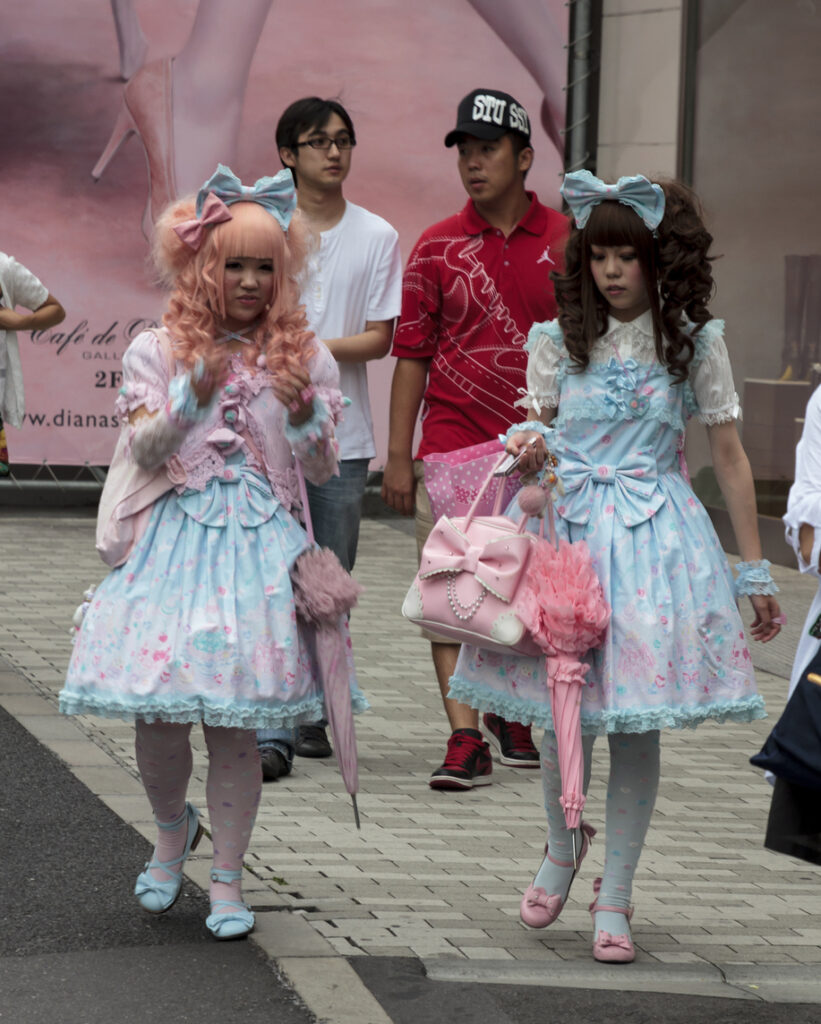 © Photo by iStock: greir
© Photo by iStock: greirThe Lolita subculture emerged in the streets of Harajuku at a similar time to other fashion subcultures including Shibuya gyaru, visual kei and decora. It was part of a reaction to Japan’s strict gender roles and social expectations. In the early 1970s, there was a growing obsession with all things cute. This alongside aesthetics like doll-kei and otome-kei (maiden style) helped form the basis of what would become the style.
Thanks to magazines like Fruits and Gothic & Lolita Bible, Lolita fashion became more well-known in Japan during the 90s. Those who wanted to become part of this subculture would hand-make most of their clothes or buy second-hand. The subculture peaked in popularity during the 2000s. Many Lolitas would meet up at Jingūbashi, the bridge between Harajuku Station and the entrance to the Meiji Shrine. This bridge was also once known as “Harajuku Cosplay Bridge”.
The increasing use of the internet allowed those living outside of Japan the opportunity to order lolita items as well as find a community of enthusiasts on social media platforms.
Kawaii Ambassadors
Interestingly, in 2009 the Ministry of Foreign Affairs selected celebrity models Misako Aoki, Yu Kimura and Shizuka Fujioka to become “カワイイ (Kawaii) Ambassadors” in an effort to try and popularize the subculture overseas. One of the ambassadors, Misako Aoki, even went on to serve as the president of the Japan Lolita Association. During their time as ambassadors, they attended pop culture events around the world. They successfully put this fashion subculture on the world map, with more and more Lolitas popping up in different countries. The increasing use of the internet allowed those living outside of Japan the opportunity to order Lolita items. They could also find a community of enthusiasts on social media platforms.
Other notable Japanese figures who helped to make the subculture what it is include Mana—a member of Malice Mizer a visual kei band. They popularized the gothic Lolita style. Yukuari Tamura, a voice actress, also advocated for the style.
Is Lolita fashion still popular?
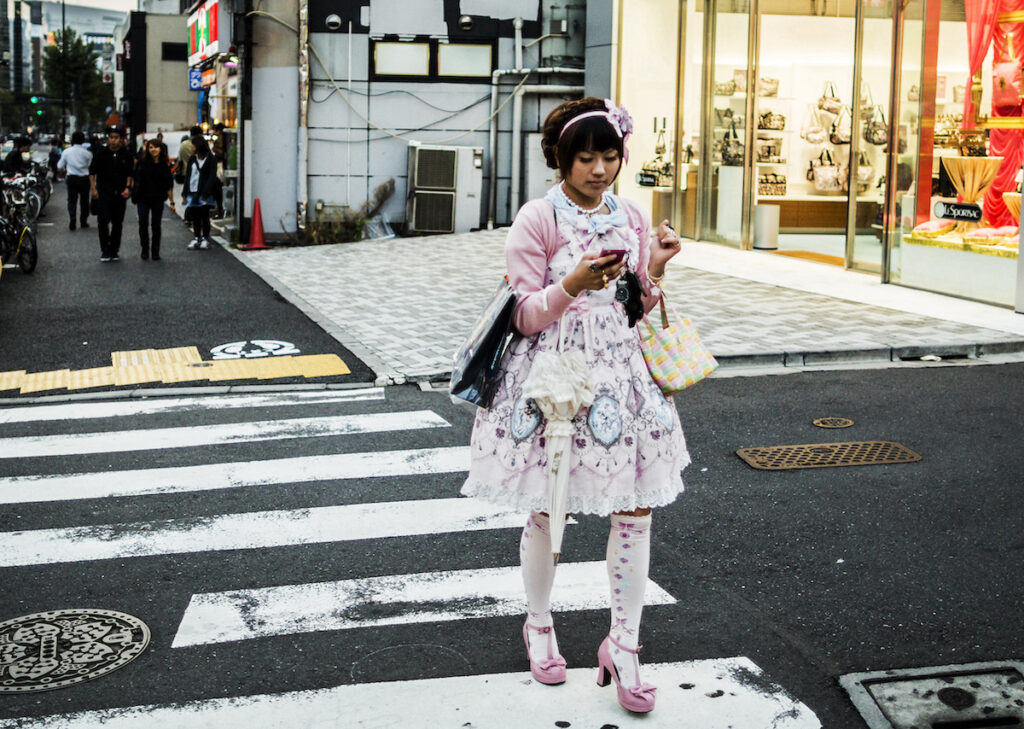 © Photo by iStock: aluxum
© Photo by iStock: aluxumSimilar to the fate of other Tokyo fashion subcultures, Lolita fashion has also lost popularity over the years. There are many reasons for this including Gen-Z favoring other more casual aesthetics; the cost of the outfits being too expensive; and Japanese youth no longer being able to hang out in the once renowned Jingūbashi are the reasons.
That said, there are still a number of Lolita enthusiasts, with the subculture even becoming increasingly popular in China. On the streets of Harajuku or the train, you will sometimes see individuals dressed head-to-toe in an expensive Lolita-style outfit. However, for the most part, you are more likely to see individuals like those photographed for Tokyo Fashion, implementing a few aspects of the style into their outfits.
Where to Shop Lolita Fashion
If you are a budding Lolita, Harajuku is still the best place to go to buy items. Specifically, the ground floor of the department store LaForet is mostly dedicated to Lolita fashion. They also have a wig shop, making it the perfect place to pick up a full outfit.
Angelic Pretty
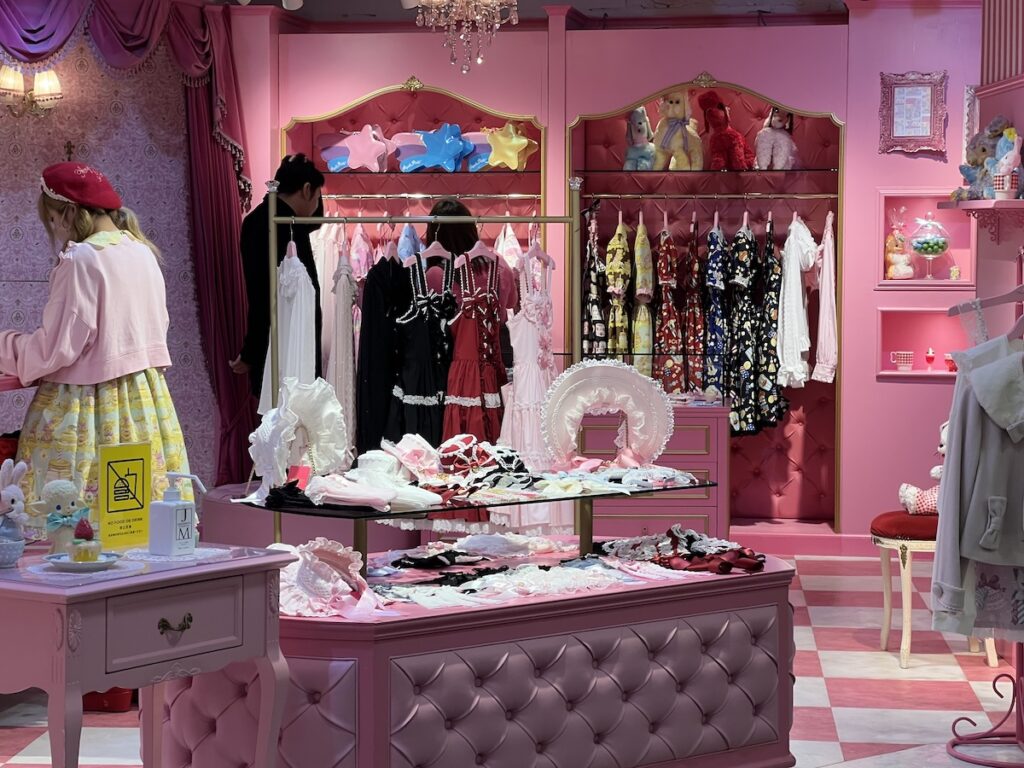 © Photo by Angelic Pretty
© Photo by Angelic PrettyAngelic Pretty is one of the Harajuku-based brands that first sold Lolita-style clothing back in the 70s and popularised the aesthetic. The brand is still going strong, having retained a place on the ground floor of LaForet. Perfect for those who want to replicate the “sweet” or “princess” category of the subculture, Angelic Pretty sells beautiful frilly and lace dresses that every budding Lolita dreams about.
Address: Laforet, B.1F, 1-11-6, Jingumae, Shibuya City, Tokyo
Baby The Stars Shine Bright
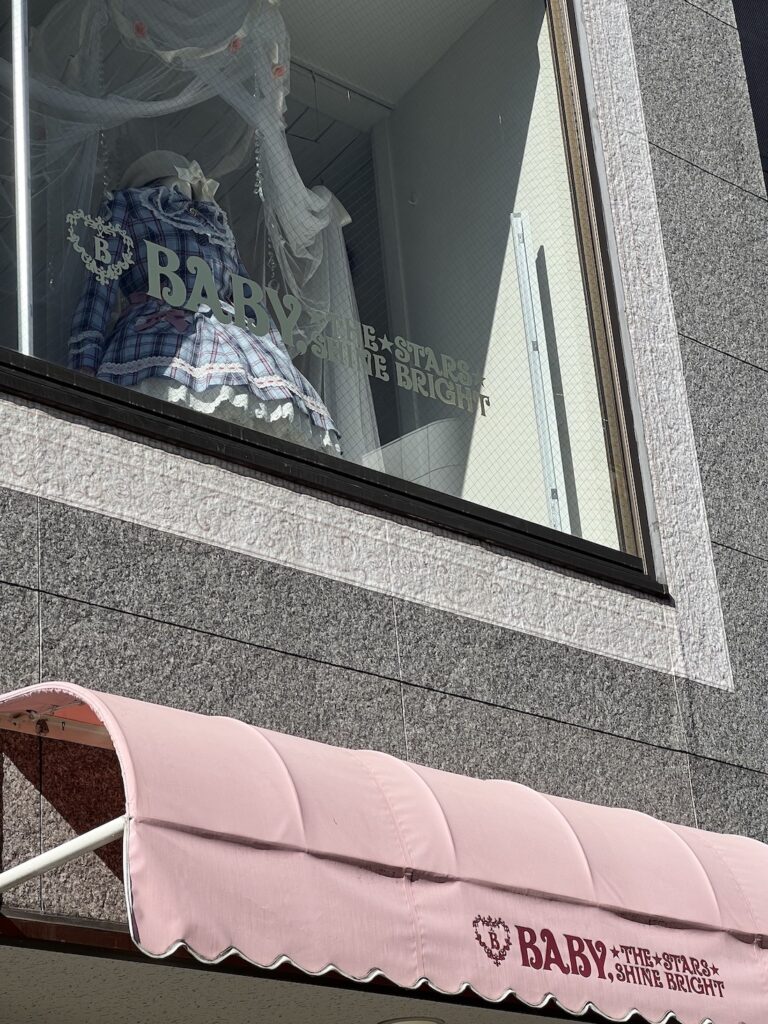 © Photo by Baby The Stars Shine Bright
© Photo by Baby The Stars Shine BrightCreated by Akinori Isobe and Fumiyo, Baby the Stars Shine Bright is another clothes brand that specializes in Lolita dresses and accessories. This store stocks a few different styles including cute and gothic. It’s a good choice for those who want to find more of their personal Lolita style. There is even a sister brand called Alice and the Pirates, which sells more classic-style clothing. It can be found on the same floor as Angelic Pretty in Laforet.
Address: Harajuku KY bldg, 2F, 6-29-3 Jingumae, Shibuya-ku, Tokyo
Atelier Pierrot
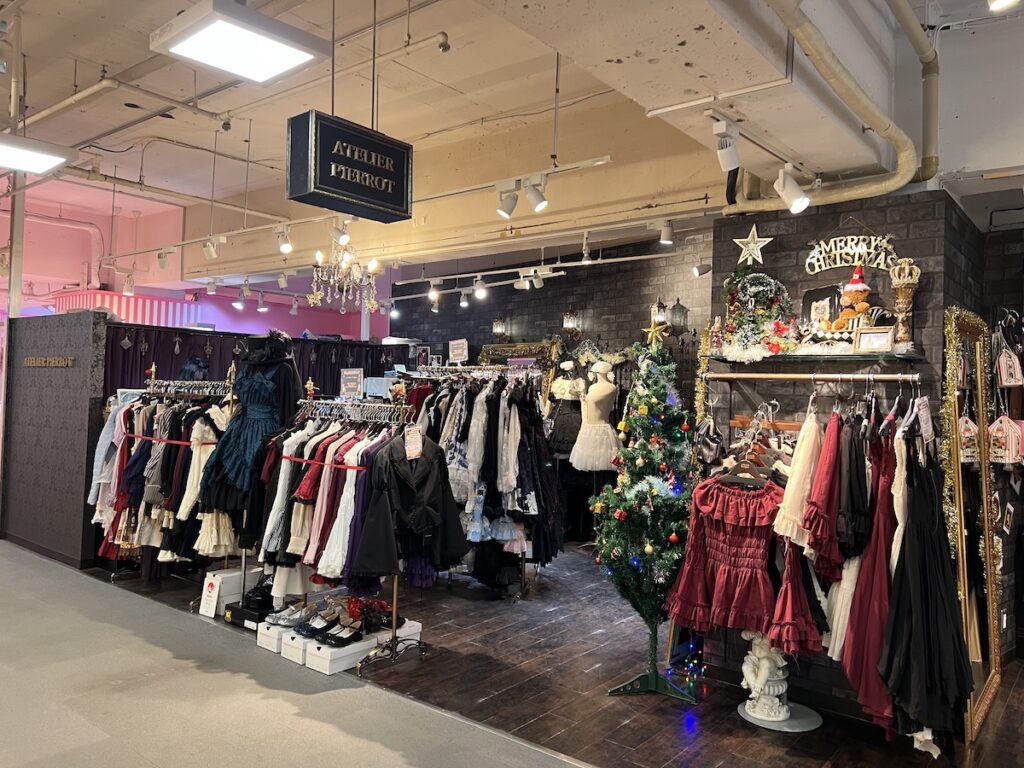 © Photo by Atelier Pierrot
© Photo by Atelier PierrotA favorite with Gothic Lolitas, Atelier Pierrot sells a great selection of dresses, head accessories and shoes. The store even stocks international brands that can only be bought at Atelier Piero in Japan.
Address: Laforet, B.1F, 1-11-6, Jingumae, Shibuya City, Tokyo
Lolita-ish Brands
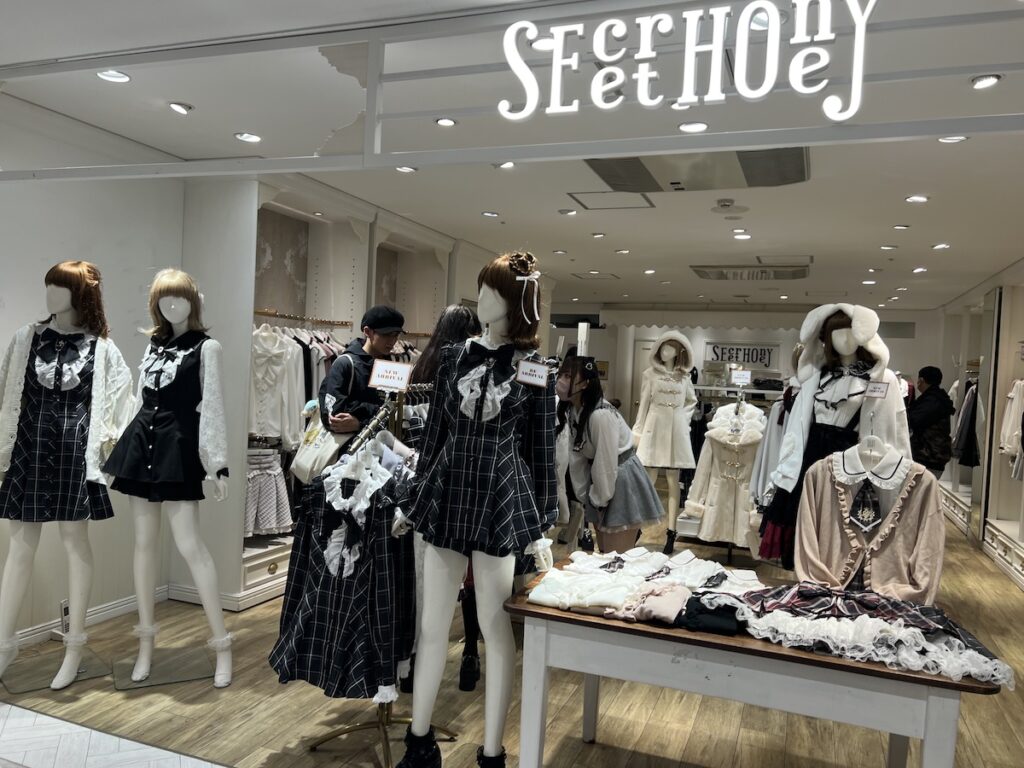
There are a few brands including Liz Lisa, Secret Honey, Ank Rouge and Amavel which are also loved by the Lolita community. Although these brands aren’t technically Lolita brands, their clothes are often associated with the subculture. Their clothes are said to be a more casual and toned-down version of the traditional Lolita garments. All these brands can be found in the iconic Shibua109.
No comments:
Post a Comment